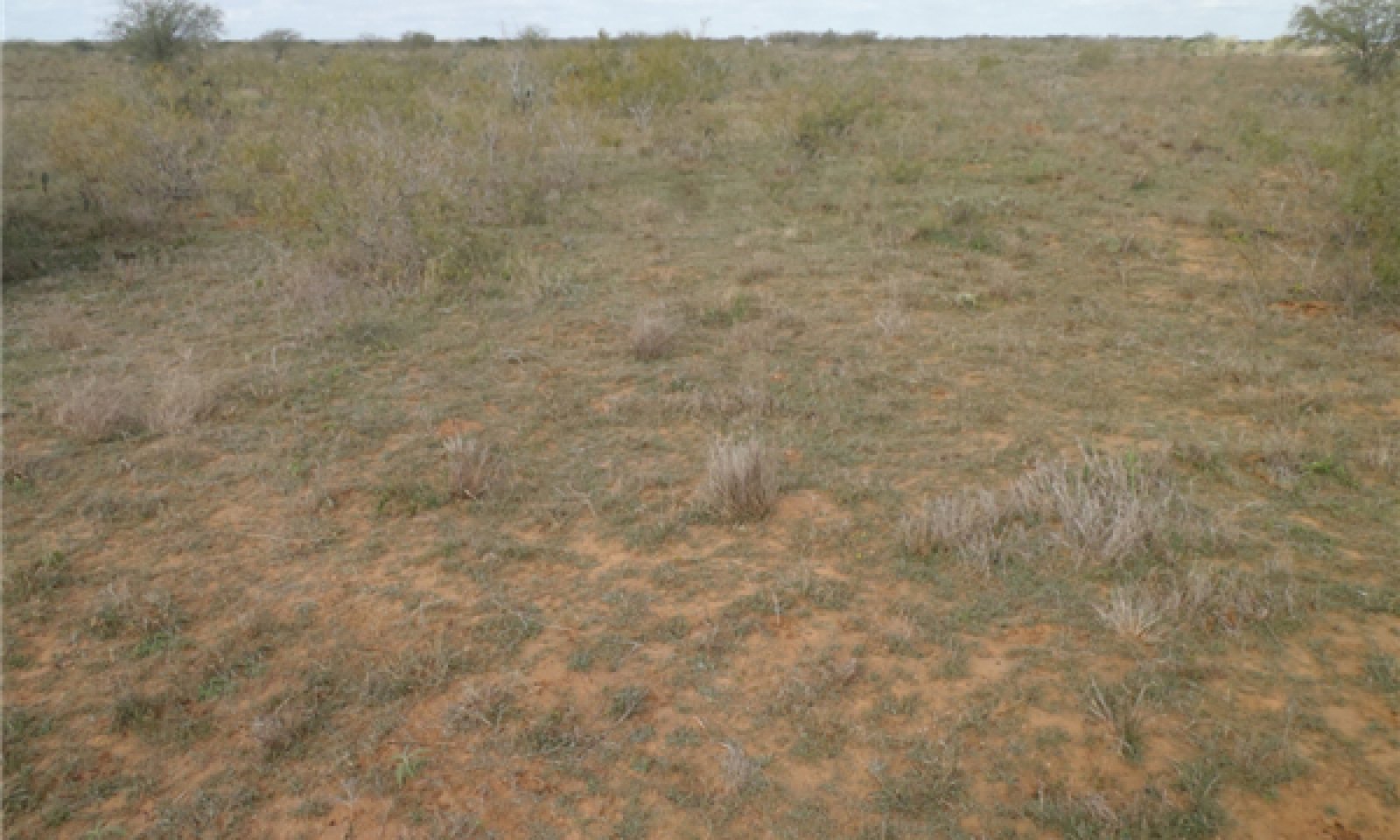
Loamy Sand
Scenario model
Current ecosystem state
Select a state
Management practices/drivers
Select a transition or restoration pathway
-
Transition T1A
Absence of disturbance and natural regeneration over time, coupled with excessive grazing pressure
More details -
Transition T1B
Extensive soil disturbance followed by seeding with improved forage species
More details -
Restoration pathway R2A
Reintroduction of historic disturbance return intervals
More details -
Transition T2A
Extensive soil disturbance followed by seeding improved forage species
More details -
Transition T3A
Absence of disturbance and natural regeneration over time, coupled with excessive grazing pressure
More details -
No transition or restoration pathway between the selected states has been described
Target ecosystem state
Select a state
State 2
Mixed Brush Complex





Submodel
Mechanism
The transition from the Grassland State (1) to the Mixed Brush Complex (2) can happen relatively quickly if conditions favor woody plant seedlings. The shortgrass plant community is an at risk phase of the Grassland State. As bare ground increases and competition from grasses decrease, woody plants have a chance to germinate. Within as little as five years after seedling establishment, mesquite may grow too large to be effectively managed with grazing or fire, especially if the fine fuel needed to carry an effective burn is not being produced. Other brush species native to this ecological site will take significantly longer to grow out of the fire control range, but mesquite acts as a nursery plant which speeds up the transition process. Discrete mottes of brush will begin to develop as the woody plants grow, pushing the plant community into a Mixed Brush Complex (2).
Mechanism
Land managers may want to utilize this ecological site as pastureland. An on-site evaluation should be made before any mechanical preparation, because the depth of the soil to a petrocalcic layer varies. After the land has been cleared and an appropriate seedbed prepared the land can be planted to introduced grasses for pasture.
Mechanism
Land managers may want to restore this ecological site to the Native Grassland State (1). Once in the Mixed Brush Complex (2) mechanical or chemical brush control will be necessary to make the transition. The restoration process is heavily dependent on favorable weather and patience. Land managers can plant native seed to speed up restoration efforts or can rely on seed that is already in the soil. Grazing pressure on restoration sites should be deferred for a minimum of one growing season, but it is often necessary to defer livestock grazing completely or carefully graze for years before the desired plant community can develop.
Mechanism
Land managers may want to utilize this ecological site as pastureland. Once in the Mixed Brush Complex (2), mechanical brush control will be necessary. Many species of brush are capable of re-sprouting after top removal, which is an important factor to consider when deciding how to clear the land to plant pasture. An on-site evaluation should also be made before any mechanical method is used, because the depth of the soil to a petrocalcic layer varies. After the land has been cleared and an appropriate seedbed prepared the land can be planted to introduced grasses for pasture.
Mechanism
In time, this ecological site will revert to the Mixed Brush Complex (2) on its own, but usually this timeline is impractical for landowners. Prescribed grazing along with various brush management practices will be necessary to achieve this transition and allow the mixed brush community to develop. This phase is very unproductive for herbaceous plants and it could take years for desirable plant species to begin to reestablish.
Model keys
Briefcase
Add ecological sites and Major Land Resource Areas to your briefcase by clicking on the briefcase (![]() ) icon wherever it occurs. Drag and drop items to reorder. Cookies are used to store briefcase items between browsing sessions. Because of this, the number of items that can be added to your briefcase is limited, and briefcase items added on one device and browser cannot be accessed from another device or browser. Users who do not wish to place cookies on their devices should not use the briefcase tool. Briefcase cookies serve no other purpose than described here and are deleted whenever browsing history is cleared.
) icon wherever it occurs. Drag and drop items to reorder. Cookies are used to store briefcase items between browsing sessions. Because of this, the number of items that can be added to your briefcase is limited, and briefcase items added on one device and browser cannot be accessed from another device or browser. Users who do not wish to place cookies on their devices should not use the briefcase tool. Briefcase cookies serve no other purpose than described here and are deleted whenever browsing history is cleared.
Ecological sites
Major Land Resource Areas
The Ecosystem Dynamics Interpretive Tool is an information system framework developed by the USDA-ARS Jornada Experimental Range, USDA Natural Resources Conservation Service, and New Mexico State University.





